Welcome to issue 12. Today I’m discussing my rules for storytelling and how they apply to photography, my first impressions of the Canon EOS R5 Mark II, why everyone wants to be an influencer, and what makes Juergen Teller’s work so radical.
PS. I’m not sure why but my MTN Light Camera Backpack is on sale right now.
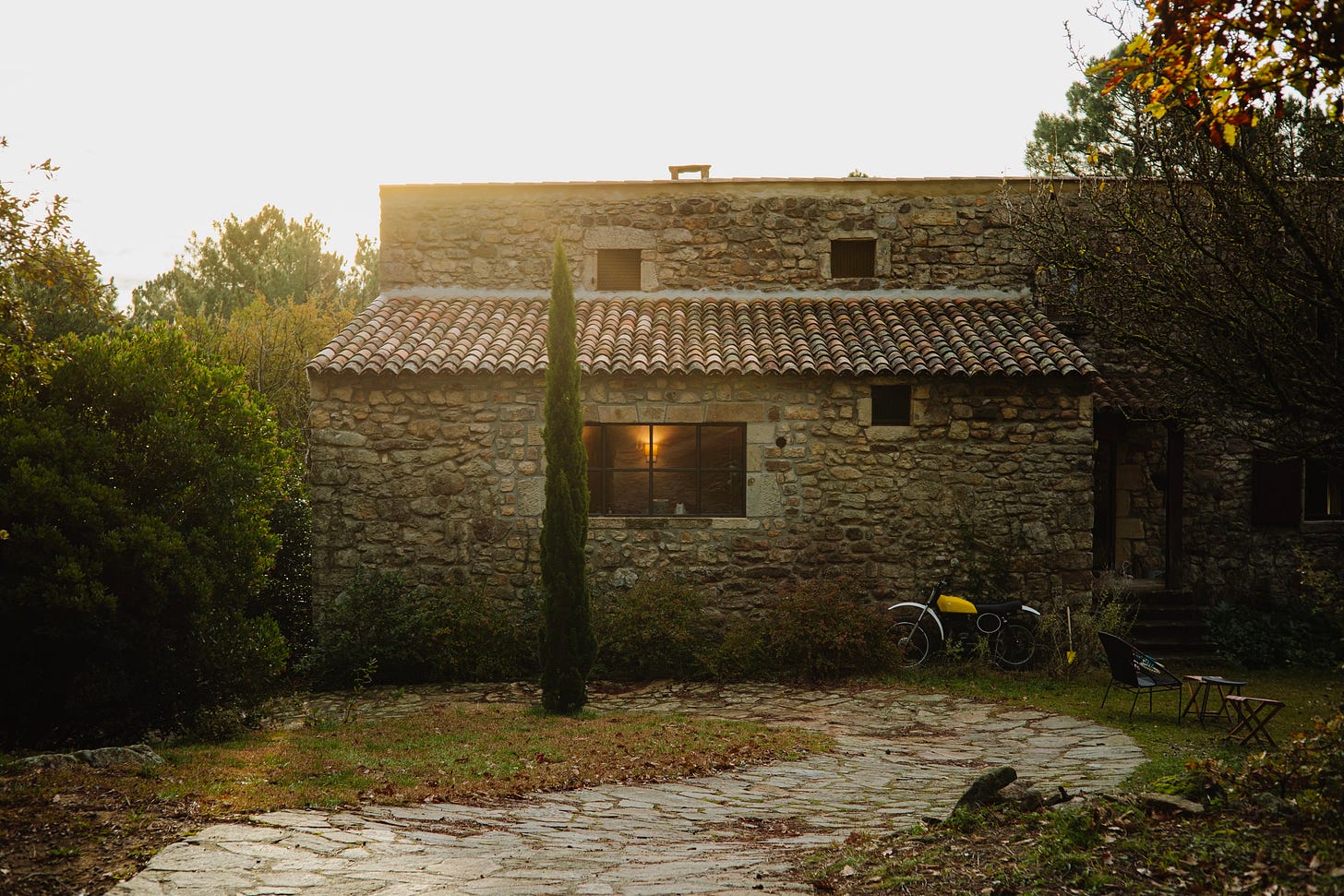
Building a Narrative in Photography
Steven Pressfield, in his book Nobody Wants to Read Your Sh*t, sums it up in a colorful way:
“When you understand that nobody wants to read your shit, you develop empathy. You acquire the skill that is indispensable to all artists and entrepreneurs — the ability to switch back and forth in your imagination from your own point of view as writer / painter / seller to the point of view of your reader / gallery-goer / customer.”
To me, photography has always started with empathy. Why am I making this image? Who will see it? I like putting myself in the shoes of the end viewer because to me, the success of an image depends on that final connection with the viewer: Do they see what I saw? A lot of photographers will tell you they shoot for themselves only, not for others. I believe it. But I want my work to be seen by others. And when you shoot only for yourself, unless you’re really good — like, top 1% really good — very few people will ever see it… All this takes me to my basic rules, honed and field tested over the last 12 years of my career as a “stand-in-the-cold-waiting-for-the-action-to-happen” photographer.
#1 Play the “What If?” game
This one is inspired by my friend Isaac Johnston — he is always trying to push what’s possible even further. So the “What If?” game is simple. Let’s say you’re going to photograph skiing. You have one or multiple subjects, you know roughly where and when, for example:
”My plan is to head up with Tyler and Oakley to the top of Mount Snowville at 4pm and shoot some nice ski turns at sunset.'“
Cool, man.
While that’s an acceptable plan, it could use a bit of “what if” magic. So what if instead of shooting at sunset (predictable), we shot in the middle of the night? What if Tyler and Oakley were lit with weird neons?
What if instead of going for clear skies, we did in the middle of a snowstorm?
The goal of the “what if” is to get you to break past your comfort zone, to try unexpected combinations, and in the end create work that forces people to stop and look. It helps to play this with a friend or creative partner, but if you are alone, just play with ChatGPT. Ask it to create strange scenarios with a handful of prompts. It will be super cheesy (for now), but there could be one fetus of an idea that sparks something within you…
#2 Finish your project and move on, even if it’s not perfect
You’ve probably heard the old Steve Jobs quote “real artists ship.” I love it because it’s another way of saying ideas are cheap. Everyone has them. Some more than others, but they are not enough. That’s why I force myself to put work out. Even when I’m not sure about it, or it could be better…
But the fact that it's out there lets me move on. I also get to look back at it and get slightly frustrated with the imperfections (that most people never see), and that motivates me to go out and do better.
Confession: All of the Adventure Buddies zines I released I felt could be improved. We could do more printing tests, change the paper or layout… Endless modifications costing time, money, and creative energy. So I just shipped them before I started to lose my mind over them.
#3 Make sure your subjects are/look legit
Probably the biggest takeaway from my career. In any photograph, if your subjects are not real or don’t look like they should be doing what they’re pictured doing, then you’re wasting everybody’s time. Either they are themselves in the photograph and that’s fine — you have minimal input to give — or they pretend to be someone else. That’s when things get tricky. Here I’m referring to commercial photography where you get to shape all aspects of the final images.
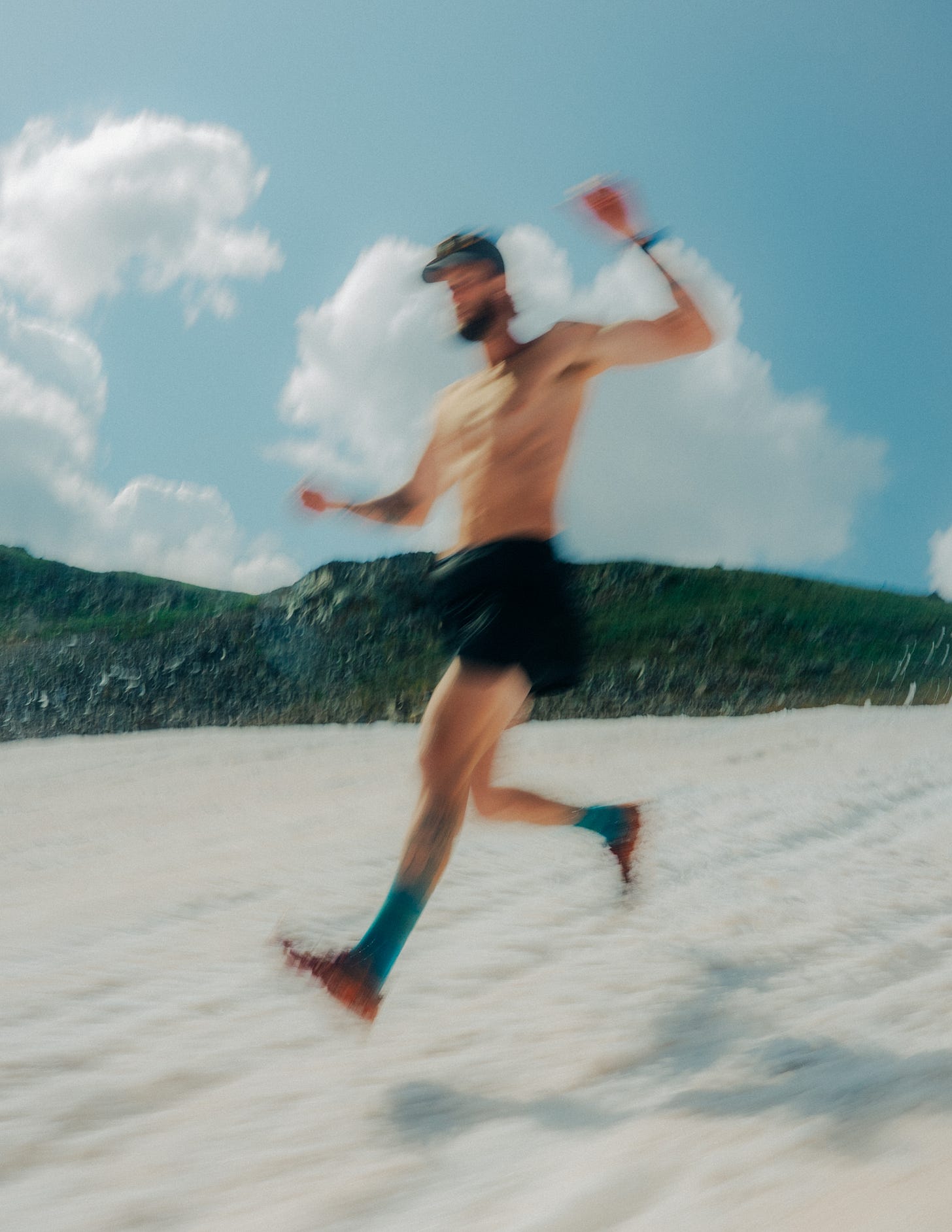
So whenever I hire talent, I go out of my way to determine whether they fit within the aesthetic. If you are shooting cowboys for a western brand, for example, wouldn’t it be easier to just hire proper cowboys for the shoot? It would, but your client may not like their faces, or will request a more diverse cast. This is my favorite situation, because you really earn your wage. What I do is hire a “consultant” (not their real job, but that’s their role) to help me prepare for the shoot — in this case, a real cowboy helps me put together the outfits and activities, and on D-day can even disperse some riding lessons, or get specific: “Would you tie the knot like this or like that?”
This applies to any field, whether it’s running, climbing, diving… Always make sure you’re getting real people doing their thing, or surround yourself with experts in the field who can help you make it all look legit. That will set your work apart tremendously.
Canon EOS R5 Mark II: First impressions
I’ve finally had the time to shoot a few images with the R5 Mark II. Here are my first impressions before this becomes my workhorse and I become way more biased about it.
+ I love the large viewfinder: Turns out it’s the same as the EOS R3, which is massive and bright. Perhaps one of the most important components of a camera, in my view. It determines how excited I get about what I’m photographing.
+ Dynamic range is impressive: I know that the numbers say it’s the same as the R5, but I found it to have a great deal of information recoverable in highlights and shadows. I could make those recovered parts way more natural in the editing.
+ Intuitive experience: If you’re used to the R5, the Mark II feels natural in your hand and there’s virtually no adaptation period (aside from having the on/off buttons on the right side of the camera now!). Also, the files work seamlessly with my R5-specific presets, so great job Canon for keeping this very consistent.
More to come as I shoot with it in the coming weeks.
PS2. All photos in this newsletter were edited on my AS1 Lightroom Presets
Reading
Too many people want to be social-media influencers - The Economist
“Influencers first took off because consumers thought of them as “people they could trust”, says Anita Balchandani of McKinsey. To remain influential they need to strike a balance between getting paid and convincing followers they are still “authentic”, one of the industry’s favourite buzzwords.”
A reminder all of us in this industry need. The only thing we have with our audiences is trust, and it is earned, not given. But how do we say something is bad when we’re hired to say it’s good? The most obvious approach, one that I’ve desperately tried to follow, is to only work with brands I believe in. It’s about reverse engineering life: I like shooting Canon, what if I worked with them? I like running in Salomon shoes, what if I became one of their ambassadors? You get the idea… But every now and then, a moderately good brand comes our way with a large budget and we have to decide what to do about it. Do we take the check and tell ourselves this money will allow us to do more personal work? Or do we flat-out decline because it will erode trust with our audience? Such are the questions we must address every week.
What would you do? Let me know by email or in the comments.
Watching
Juergen Teller on How to Be a Radical Photographer
What I appreciate most about Juergen Teller’s work is his ability to think in terms of “What if?” He starts out with a concept, but then keeps making it more and more interesting. He is willing to say “this is boring… What if I asked Schwarzenegger to put his head inside the alligator’s mouth?"
The Strong Man and the Crocodile: Schwarzenegger by Juergen Teller
Here’s Teller’s recounting that Schwarzie shoot:
‘At six o’clock in the morning the hotel phone rang. Back in 2000, I didn’t have a mobile phone. You couldn’t imagine that today. “Servus, Juergen, Arnold here,” he said in broad Austrian. “Thought I’d give you a call and tell you my idea.” Completely groggy, I thought his ideas were good too. So, I had to get up at four o’clock the next morning to go up some mountain in Malibu. There I waited for Arnold Schwarzenegger. The sun rose, and he rode elegantly past me like a cowboy on his horse. It was sultry, dusty – I was totally wiped out. Picture taken. Then I had to climb back down on my own. Later in his office I said, “I’ve got an idea too now, Arnold, climb into the crocodile’s mouth.” “Juergen, for you I’d do anything.”’
This newsletter is edited by Danny Smith



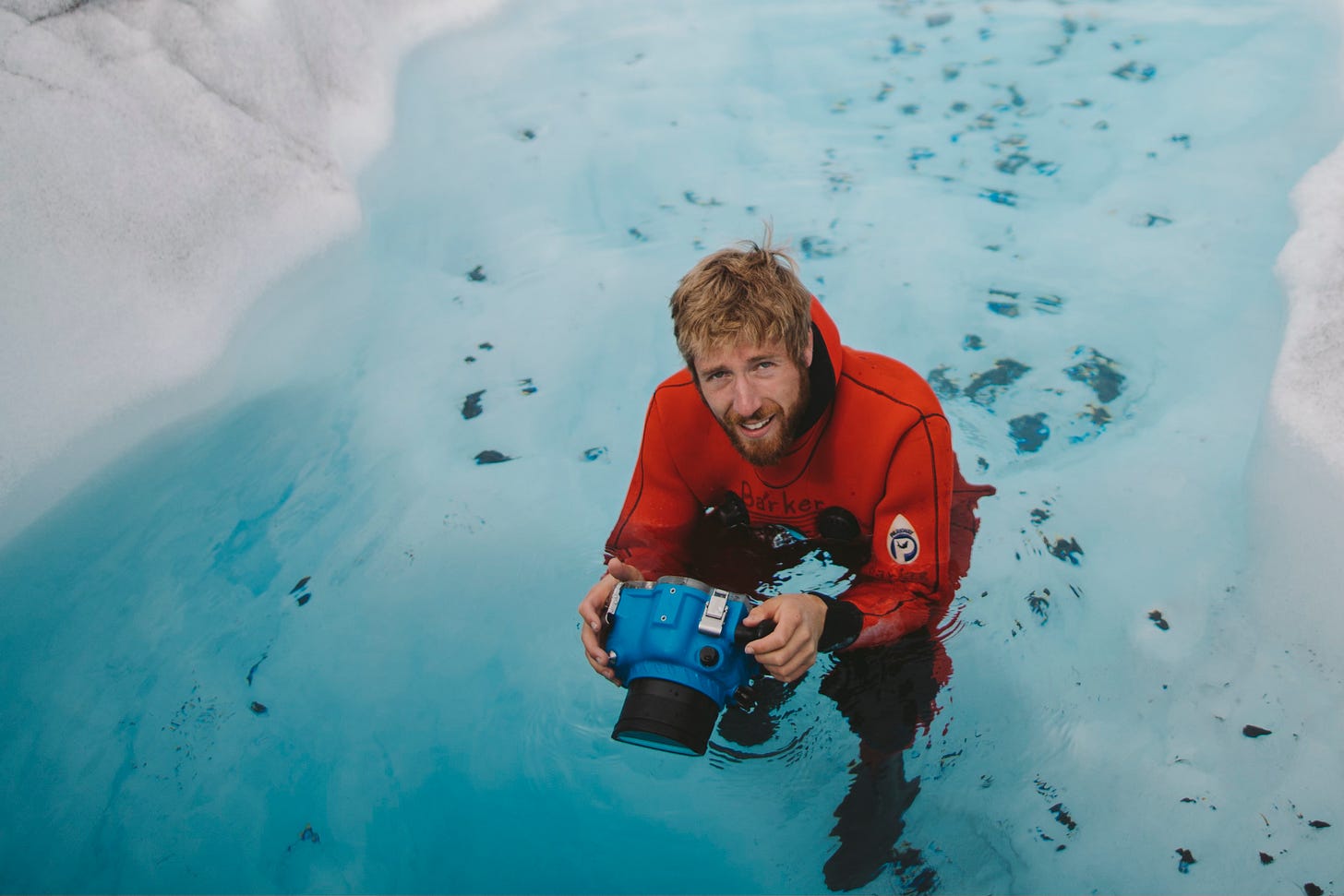
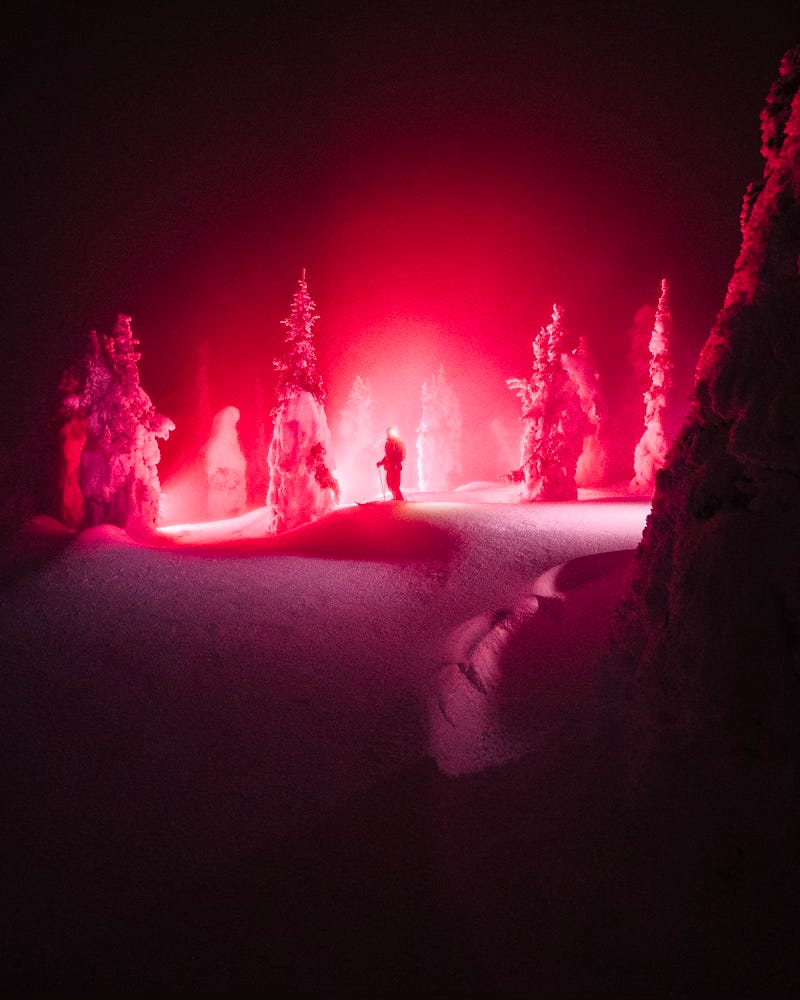
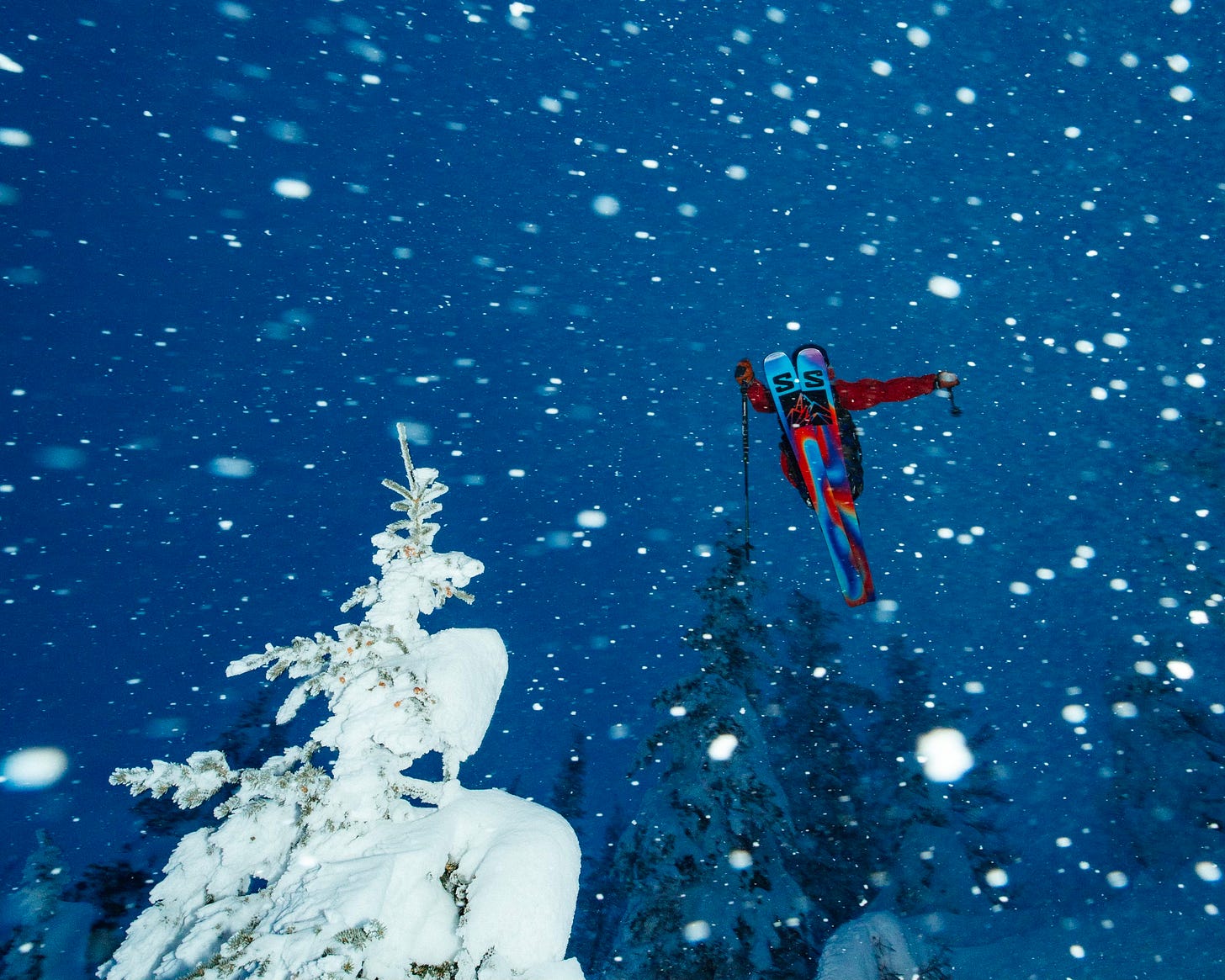
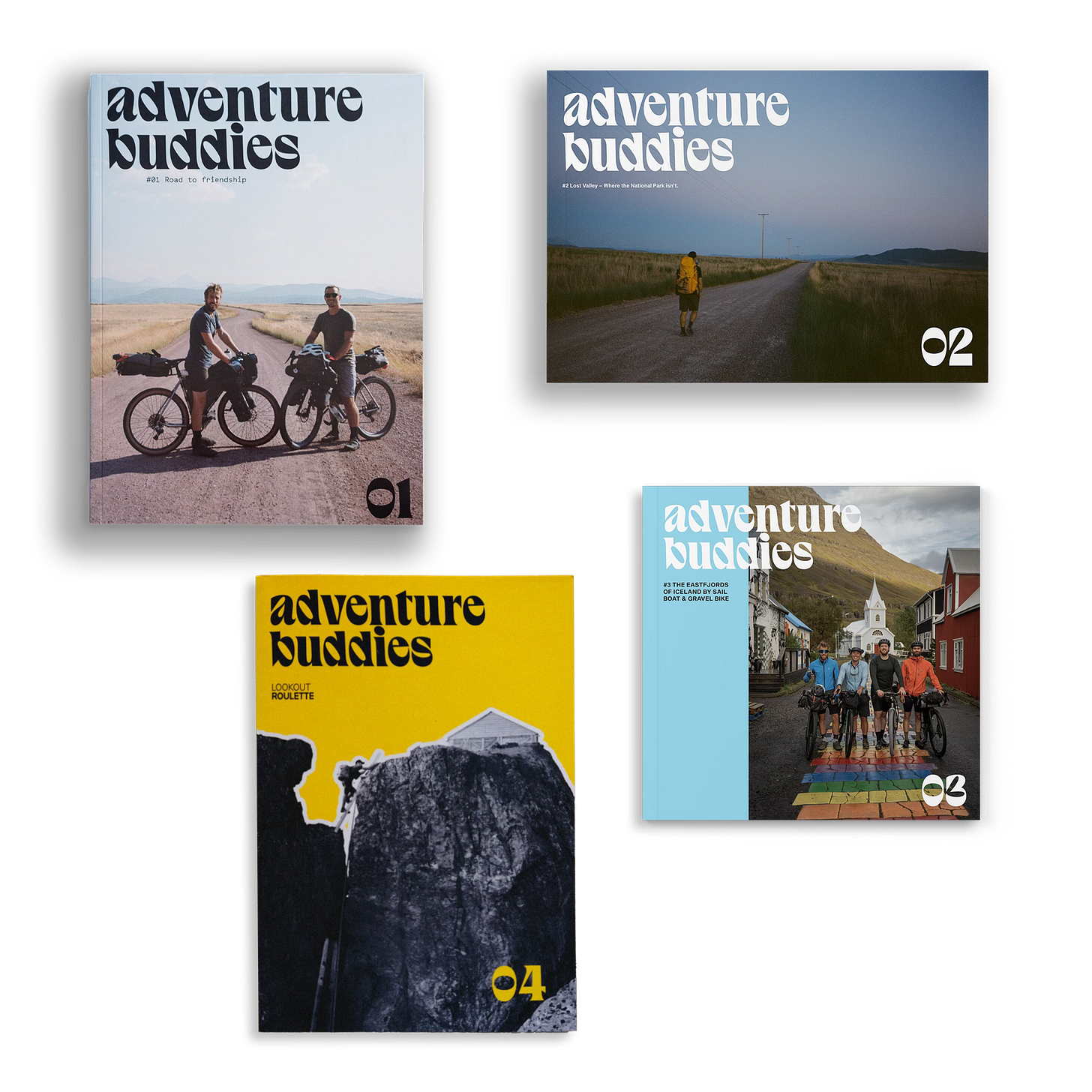
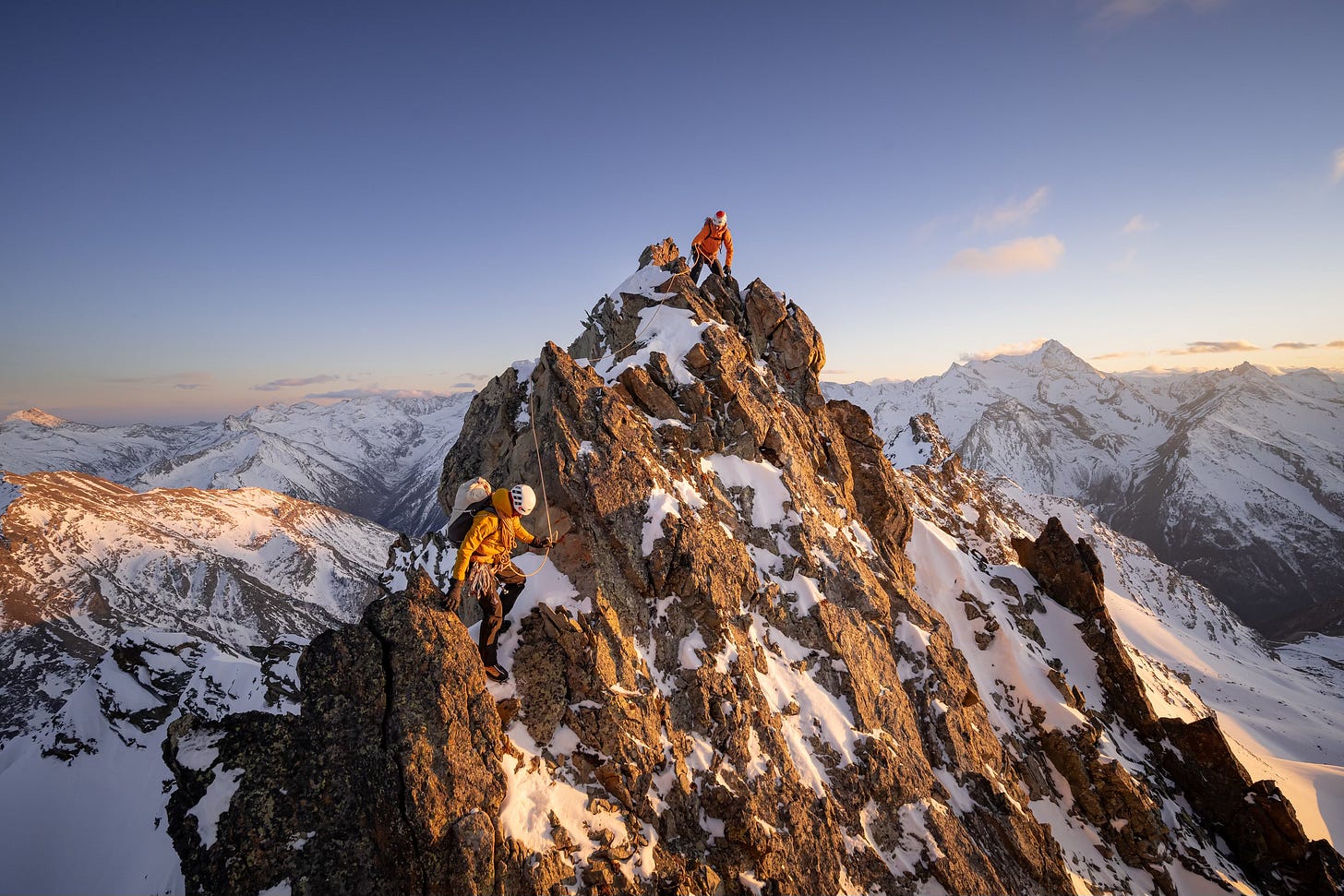

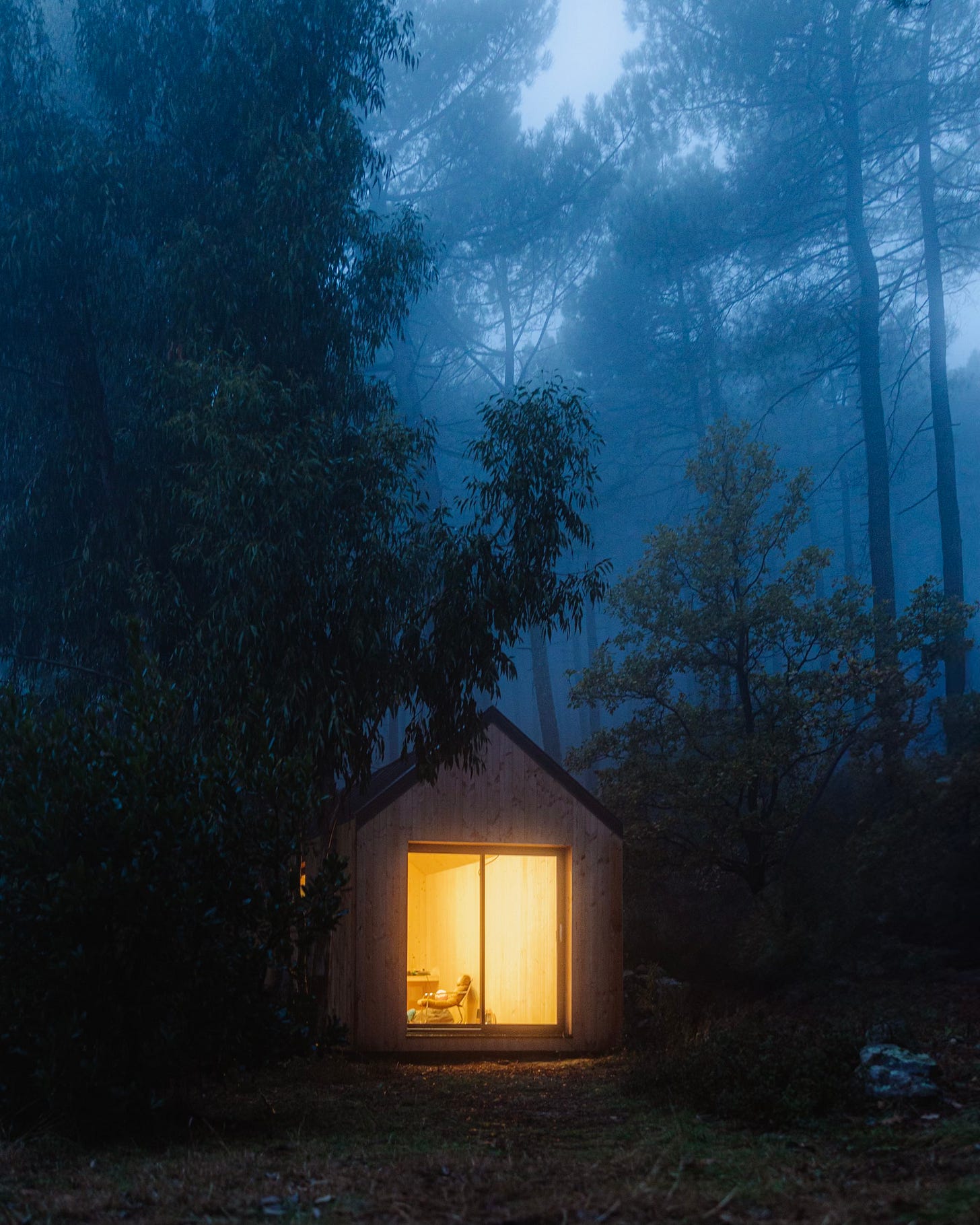
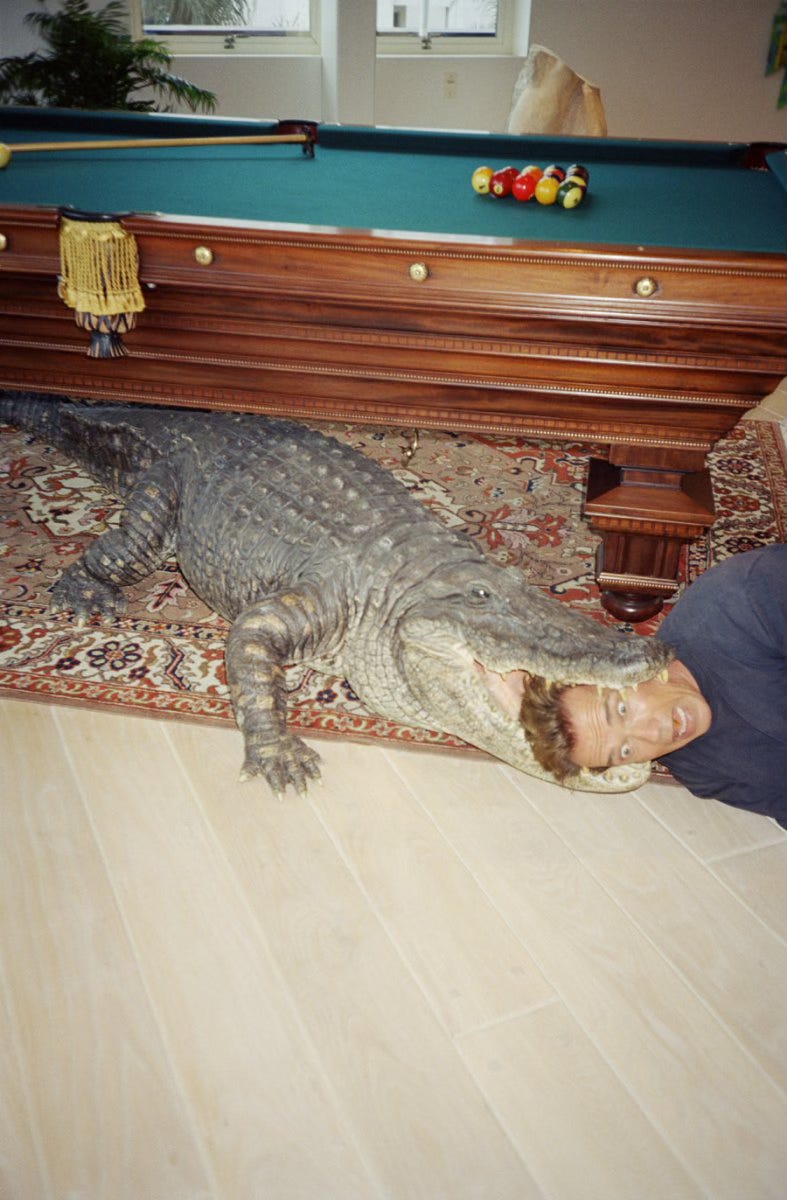
I was wondering what the impression of the R5II would be. Shooting towards bright scenes is so much more manageable now. The eye focus though, I'm on the fence with that one. It never stuck and did weird things with my brain haha.
I think the brand scenario and influencing goes back to a couple of things I've picked up on in the past, 1 from Chase Javis and the other from you I think. Say no to a project unless it has 2 of these 3 things (That align with your goals) Pay, portfolio, and Relationships. The project must contain at least 2.
The other, ask yourself 3 times, why am I doing this, then from each response measure whether it aligns with your strategy and long-term goals. This has always kept me on the right path and keeps me honest with myself to not be lured away. I have one that I've parked right now that is great money but I know it won't do me any favours in the long term.
On the other hand, if I had great connections with a larger creative circle, I could pass it on and stay the creator director, manage the project, duck the spotlight and take the budget while hiring fellow friends. eg, make a studio.
Great newsletter, Alex. Gets me thinking and dredging up past thoughts.
Yay. I was just reflecting yesterday how can I improve storytelling in my work ( totally another field ). Thank you for sharing and inspiring us.